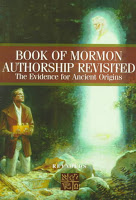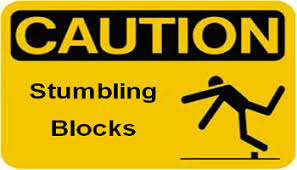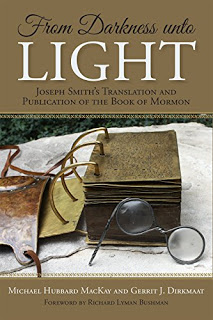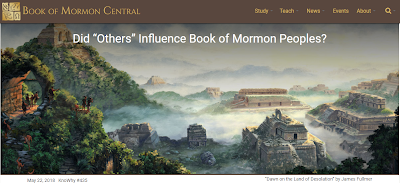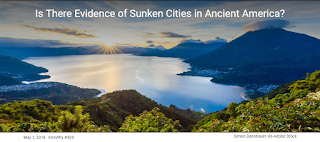Easy to resolve-follow the prophets
 This book contains a nice summary of Book of Mormon geography issues that also reveals why the M2C scholars got so far off track.
This book contains a nice summary of Book of Mormon geography issues that also reveals why the M2C scholars got so far off track.
James E. Smith wrote an article in the book titled “How Many Nephites?: The Book of Mormon at the Bar of Demography.”
You can read it here: https://publications.mi.byu.edu/fullscreen/?pub=1099&index=13
Smith does a great job summarizing the traditional interpretations, and in so doing, he shows why M2C is constructed on a faulty premise.
The entire M2C citation cartel relied on mistakes in Church history that led them astray, but they can get back on track if they’ll just follow the prophets and accept the New York Cumorah.
Original in blue, my comments in red.
This is a good example of how the M2C intellectuals frame the revelations in the Doctrine and Covenants as the product of “believers,” not the Lord. We see this same approach on display in the Joseph Smith Papers and at the Church History Museum, as I discussed here:
http://mormonmesomania.blogspot.com/2016/11/visit-to-church-history-museum.html There are some LDS who still believe the D&C consists of revelations from God, but D&C 28, 30 and 32 contradict the M2C narrative so the intellectuals frame them as “the beliefs of early Church members.” Notice that these revelations refer to Native American Indians living in New York, Ohio, and Missouri. They don’t state or imply that Lehi was the ancestor of all Native Americans. That’s a bogus claim made by M2C intellectuals to confuse members of the Church.
The M2C intellectuals like to quote this passage to show how ignorant and speculative the early Saints were, but they never tell you that Joseph Smith specifically refuted this theory when he wrote the Wentworth letter. I’ve discussed that here: http://mormonmesomania.blogspot.com/2018/05/joseph-smith-edits-orson-pratt.html
Recall that the Wentworth letter was one of the few articles in the 1842 Times and Seasons that Joseph Smith signed. Yet the M2C intellectuals ignore it and instead rely on anonymous articles instead, falsely attributing them to Joseph Smith.
You can read the entire book here:
https://publications.mi.byu.edu/publications/bookchapters/Geography_of_Book_of_Mormon_Events/Sorenson-%20The%20Geography%20of%20Book%20of%20Mormon%20Events,%20A%20Source%20Book,%20lo-res.pdf
I don’t know how to determine what most Church members believe, but it is obvious that the employees at BYU/CES/COB now adhere to M2C.
Later in his article, Smith writes this:
John Sorenson has summarized more than fifty published statements on Book of Mormon geography from the 1830s to the present.34 He shows that until the early twentieth century, the traditional hemispheric interpretation dominated, but by the mid—twentieth century, most authors believed Book of Mormon history took place primarily within the more limited confines of Central America. Today almost all writers on Book of Mormon geography agree that Lehi’s landing place, the narrow neck of land, the lands northward and southward, and Mormon’s Hill Cumorah were situated somewhere in Central America. Recently Sorenson has proposed a fairly specific Mesoamerican setting that puts most Book of Mormon history in a geographic area reaching only a few hundred miles in each direction.35
The M2C argument is that most early LDS were wrong about the geography; i.e., the consensus was wrong. But no M2C intellectuals cite the consensus as a reason why everyone should accept it. I don’t know if they’re self-aware enough to see the inconsistency, but it doesn’t matter because LDS who know all the facts–including what the prophets have taught and what archaeology tells us about North America–reject the M2C consensus.
Source: Book of Mormon Concensus
